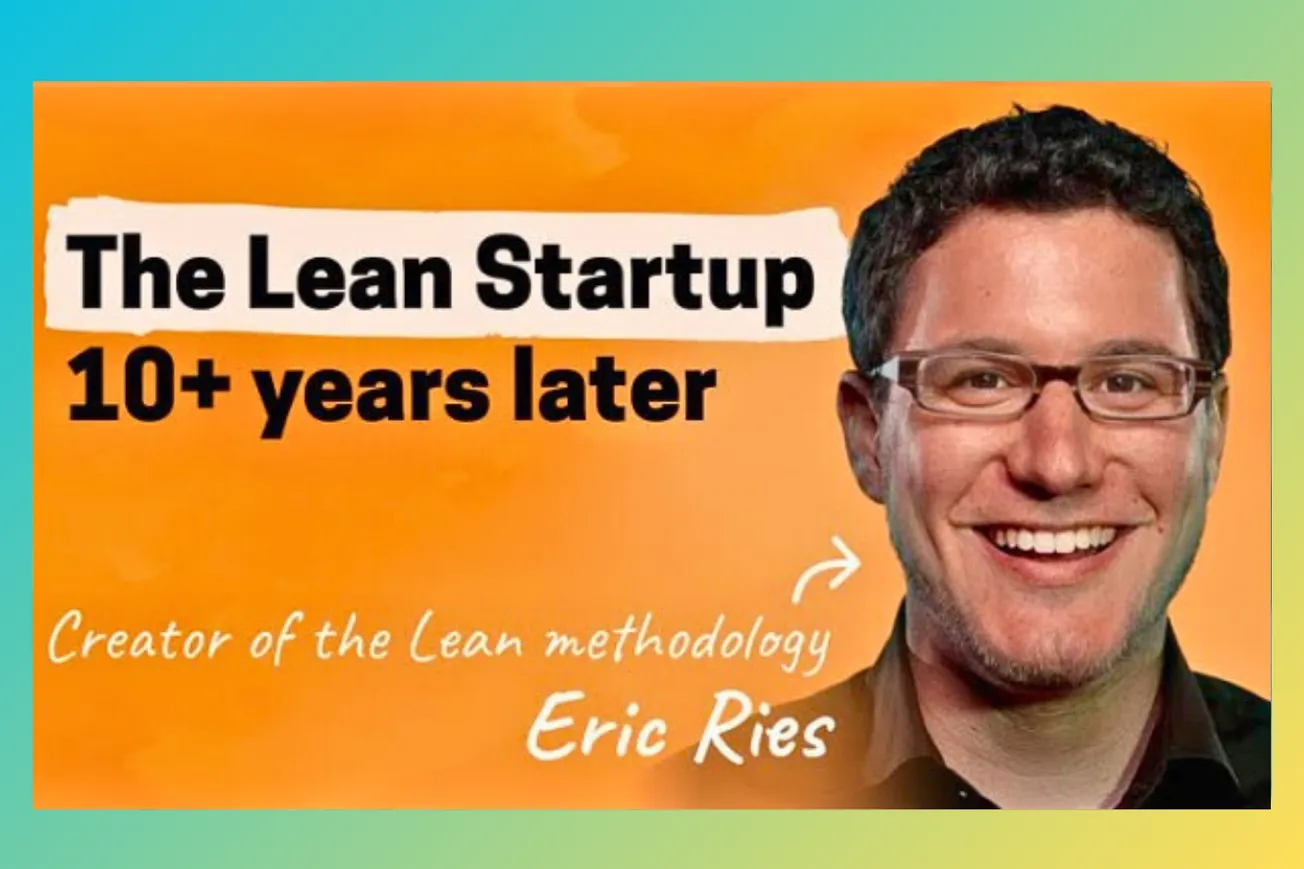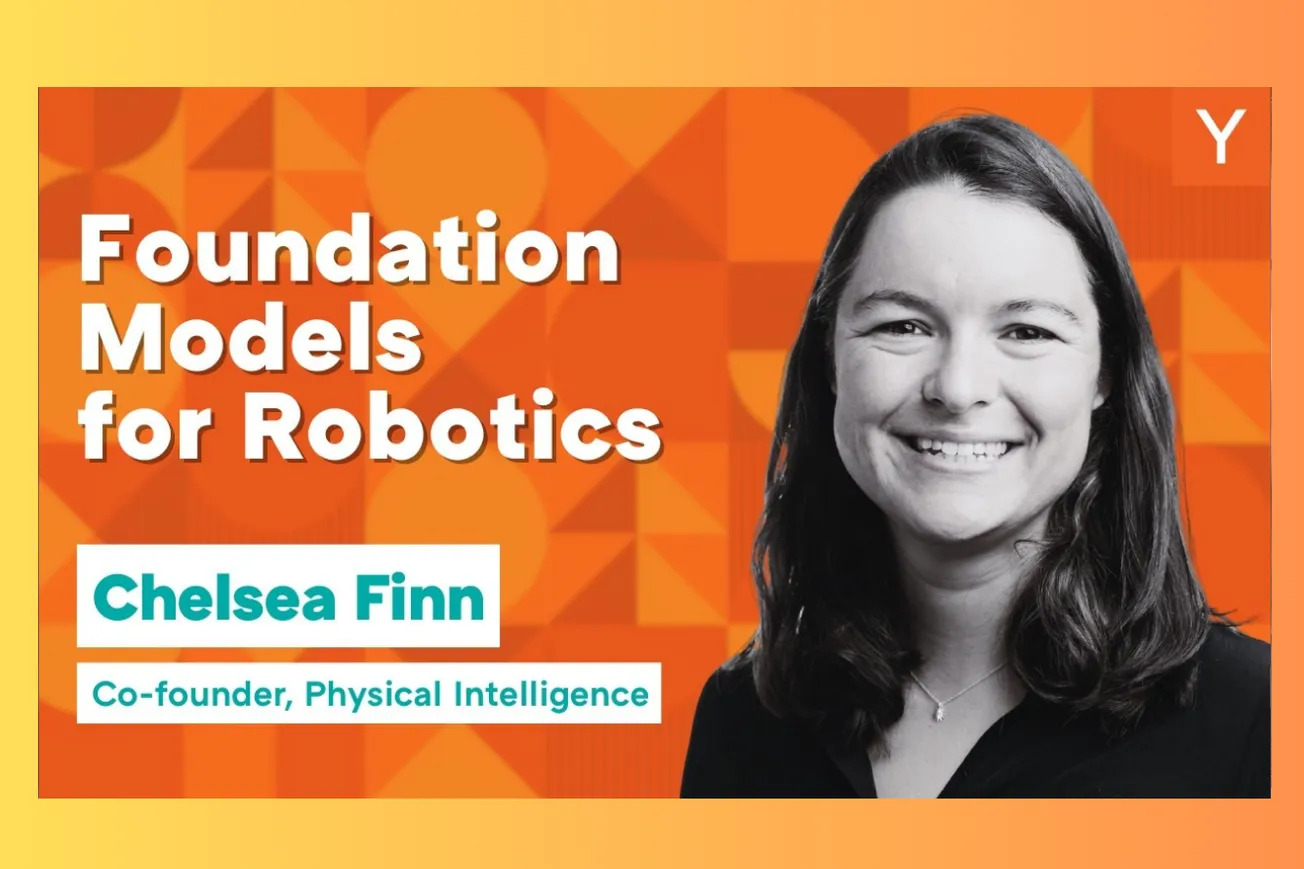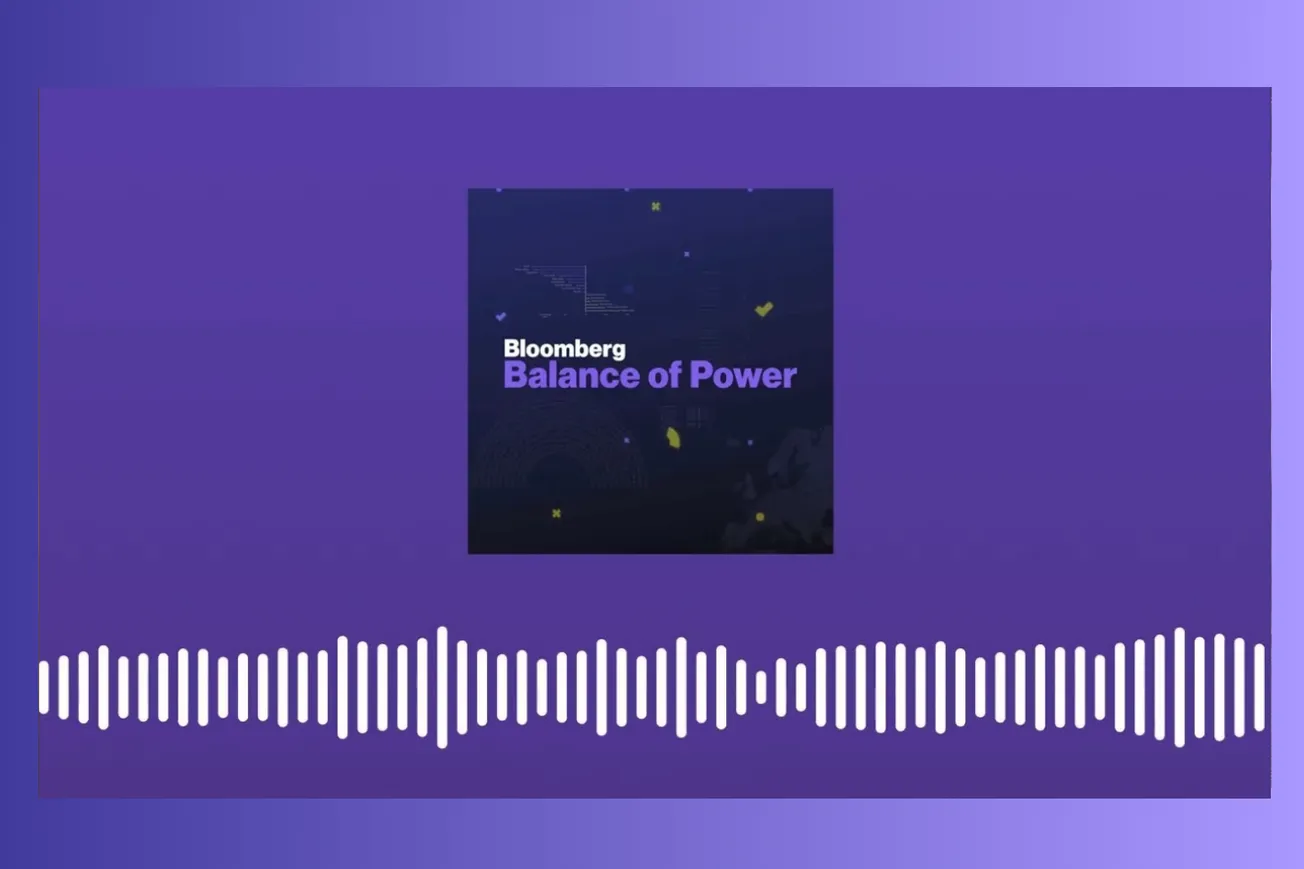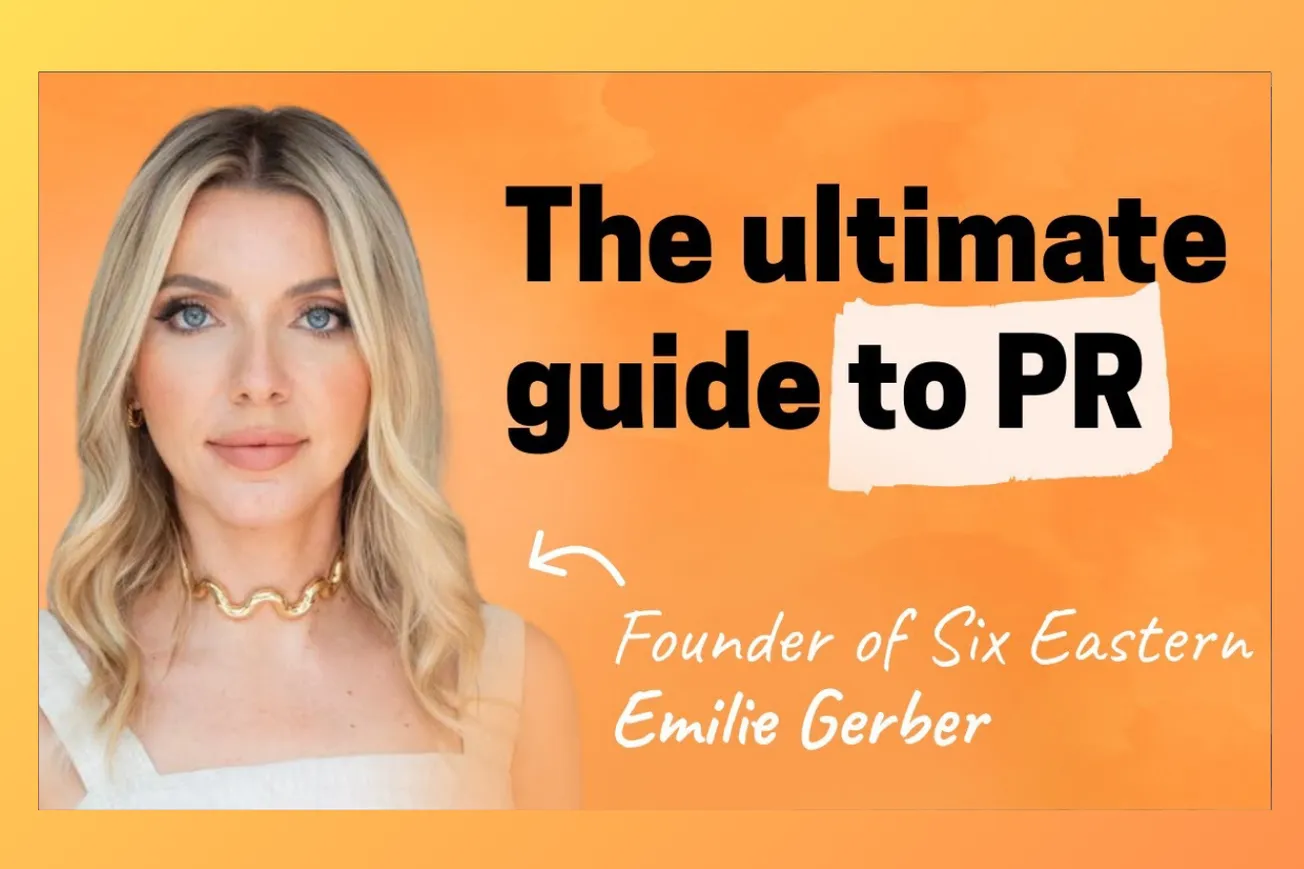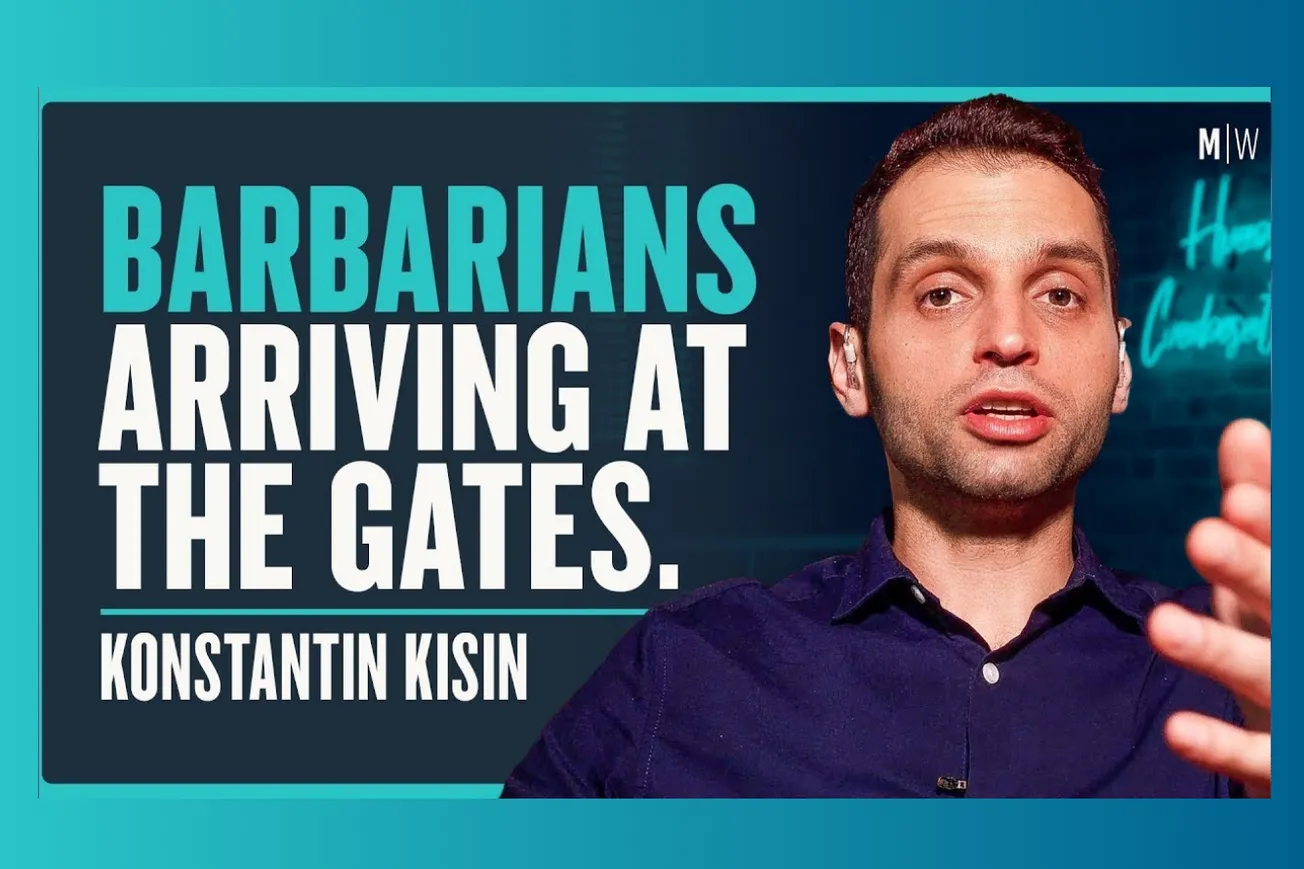Table of Contents
Lean Startup creator Eric Ries reflects on his movement's evolution from insurgent methodology to accepted practice, while revealing his new focus on building companies structured around human flourishing rather than pure profit maximization.
Key Takeaways
- The Lean Startup movement succeeded beyond expectations—transitioning from controversial to obvious without ever facing serious opposition, as defenders of old methods simply disappeared rather than fought
- Most startups fail not from lack of craft or quality, but from building things customers don't want—MVP methodology helps discover customer needs before investing in perfection
- Building a company you hate that becomes a destructive force is far worse than startup failure, yet founders rarely consider this when making early structural decisions
- AI will force companies to confront governance and alignment issues they've long neglected, as organizational values get transmitted directly to machine intelligence through training processes
- Traditional corporate governance optimizes for short-term shareholder returns at the expense of long-term value creation, with foundation-controlled companies consistently outperforming shareholder-primacy models
- Pivoting isn't just strategy changes—it's often a process of self-discovery where founders learn what they actually believe through the constraints of building real products
- The tech industry's mental health crisis stems partly from founders building successful companies that betray their original values, creating wealth but destroying meaning
- Companies structured around human flourishing create competitive advantages through customer loyalty, employee alignment, and sustainable decision-making that traditional corporations cannot match
Timeline Overview
- 00:00–04:46 — Eric's Background and Current Focus: From anonymous blogger to movement creator, now working on Long-Term Stock Exchange and AI governance challenges
- 04:46–06:23 — Recent Activities and Projects: Advising founders, working with AI companies, exploring governance structures that align technology with human values
- 06:23–10:56 — Origins of First-Principles Thinking: Scientific upbringing, frustration with "Steve Jobs wore black turtlenecks" advice, desire to understand why practices work
- 10:56–14:04 — Designing the Lean Startup Process: Trial and error approach, descriptive vs prescriptive thinking, testing concepts through real-world application
- 14:04–22:33 — Current State of Lean Startup: Movement victory through normalization, transition from controversial to obvious, loss of religious revival energy
- 22:33–24:28 — Persistent Misconceptions: "Lean means cheap," opposition to vision, optimization-only thinking, willful ignorance despite clear documentation
- 24:28–27:52 — Retrospective Book Changes: Scaling section oversimplified, missing "for the better" qualification in world-changing rhetoric
- 27:52–37:36 — MVP Philosophy Defense: Context-specific minimum standards, quality defined by customers, testing hypotheses before perfecting execution
- 37:36–41:24 — IMVU Teleportation Story: How ugly hack became competitive advantage, demonstrating "less is more" through user behavior insights
- 41:24–48:37 — MVP Implementation Guidance: Cut feature lists repeatedly, focus on leap-of-faith assumptions, upstream clarity about learning goals
- 48:37–53:36 — Craft vs Experimentation: When perfectionism serves strategy vs when it avoids feedback, building one thing extraordinarily well
- 53:36–55:17 — Career Courage Philosophy: Getting fired for convictions as accelerator, building companies aligned with personal values
- 55:17–56:28 — Mental Health Crisis: Zombie companies worse than failure, successful founders trapped in organizations that betray their values
- 56:28–1:00:16 — Zombie Company Escape: Admitting reality, fixed-period pivots, introspection about desired future, accepting failure as liberation
- 1:00:16–1:08:20 — Pivot Stories and Vision Evolution: Facebook example, whiteboard memory distortion, self-discovery through constraint-making
- 1:08:20–1:13:17 — External Pivot Assessment: Difficulty determining true changes from outside, connection threads that make sense internally
- 1:13:17–1:18:42 — Practical Pivot Advice: If asking whether to pivot, probably should, product-market fit obviousness, six-week focused testing
- 1:18:42–1:26:59 — AI Impact on Lean Startup: Management technology for intelligence, organizational values transmitted to AI, governance becoming critical
- 1:26:59–1:31:26 — AI Experimentation Examples: Cold sales automation, future marketplace fairness, removing hierarchical gatekeeping through AI processing
- 1:31:26–1:42:40 — Human Flourishing Philosophy: Organizations as living beings, fiduciary duty beyond shareholders, embedding values in structure
- 1:42:40–1:49:37 — Implementation Guidance: Legal structures for value protection, board mission pledges, LTSV financing, foundation establishment timing
- 1:49:37–1:53:42 — Foundation-Controlled Success: Research showing outperformance, Toyota family structure, Warren Buffett approach, competitive advantages
- 1:53:42–1:55:19 — Shareholder Primacy Critique: Philip Morris vs Smithsonian categorization absurdity, quarterly reporting certainty vs human life uncertainty
- 1:55:19–1:58:12 — Spiritual Holding Company: Central entity responsible for organizational soul, trustee oversight, long-term value optimization
- 1:58:12–END — Lightning Round: Book recommendations on enlightened capitalism, humidifier product design excellence, engagement loops that never caught on
From Movement to Mainstream: The Lean Startup's Unexpected Victory
"We charged onto the field and no other army ever came to charge us back. We won by default because the people who were doing it the old way didn't really like it or want it... Very few people came out and said actually no, stage gate is actually still the correct product idea."
The Lean Startup movement achieved something rare in business methodology: complete victory without facing serious opposition. Eric Ries expected intellectual combat between new and old approaches to product development, but instead witnessed defenders of traditional methods simply vanish rather than fight for their practices.
- Religious Revival to Default Practice — Early conferences felt like evangelical gatherings with converts ready to battle established thinking, but opposition never materialized as practitioners abandoned old methods voluntarily.
- Institutional Memory Gaps — Young founders now view concepts like MVP and pivot as obvious, having no awareness these ideas were controversial just years ago, demonstrating complete cultural absorption.
- Critical Path Skipping — Tech media jumped from dismissing Lean Startup as pointless to criticizing it as overhyped without ever engaging with actual content or methodology details.
- Descriptive vs Prescriptive Power — Much of Lean Startup's impact came from naming existing behaviors rather than prescribing new ones, giving teams vocabulary to discuss practices they already used unconsciously.
This complete mainstream adoption created an identity crisis for the movement's creator, who found more satisfaction in individual success stories than public validation from major company adoptions.
MVP Mastery: Beyond Minimum Toward Learning
The most persistent misconception about Minimum Viable Product focuses on "minimum" as meaning cheap or low-quality, when the true insight lies in optimizing for learning rather than features. MVP represents a learning methodology, not a quality standard.
- Context-Dependent Quality — MVP quality requirements vary dramatically by market; iOS apps need different standards than medical devices, but both can apply learning-focused approaches within their constraints.
- Customer Definition of Quality — Without knowing your customer, you literally cannot define quality, making high-quality wrong products the ultimate waste regardless of craft level.
- Feature List Reduction Exercise — Start with necessary features, cut in half, cut in half again, and build that; most teams naturally overestimate requirements by orders of magnitude.
- Hypothesis Testing Framework — MVP exists to test specific assumptions about customer behavior, not to showcase engineering capabilities or design aesthetics.
The IMVU teleportation example demonstrates how ugly solutions can become competitive advantages when they serve user needs better than polished alternatives that miss the point.
The Pivot Paradox: Vision Discovery Through Constraint
Contrary to popular belief, pivoting isn't just about changing strategy while maintaining vision—it's often a process of discovering what the vision actually is through the constraints of building real products for real customers.
- Self-Discovery Through Building — Founders discover their true beliefs about trade-offs, values, and customer needs only when forced to make concrete decisions under resource constraints.
- Memory Distortion Reality — Eric's story of finding an old whiteboard with his handwriting containing ideas he remembered differently illustrates how we unconsciously rewrite our own history to match current beliefs.
- Vision Evolution vs Strategy Change — While pivot theory distinguishes between strategy changes (pivot) and vision changes (different thing entirely), the practical reality involves continuous vision refinement through implementation.
- Cognitive Bias Protection — Scientific methodology including written hypotheses and testing exists specifically to counteract human psychology's tendency to rewrite memories and rationalize decisions.
The Facebook example—where founders were simultaneously building the successful social network while working on other projects—shows how even visionary leaders don't always recognize breakthrough opportunities initially.
AI as Organizational Mirror: Values Transmission at Scale
Artificial intelligence will force companies to confront governance and alignment issues they've historically neglected, as organizational values get transmitted directly to machine intelligence through training processes and deployment decisions.
- Conway's Law on Steroids — Software reflecting organizational structure becomes critical when training AI systems that will embody and amplify company values through automated decision-making.
- Management Technology Evolution — AI fundamentally functions as intelligence management technology, changing span of control and requiring new organizational structures for effective coordination.
- Transparency and Competence Requirements — Regardless of AI risk scenario, solutions require more transparency, better leadership, and companies committed to explicit values rather than profit maximization alone.
- Marketplace Fairness Potential — AI could enable truly fair procurement by allowing comprehensive vendor evaluation without human bias, time constraints, or relationship influence distorting decisions.
The challenge isn't AI alignment per se, but creating organizations whose values are worth transmitting to increasingly powerful automated systems.
Beyond Shareholder Primacy: The Foundation-Controlled Alternative
Research consistently shows foundation-controlled companies outperforming traditional shareholder-primacy corporations on financial metrics, yet this governance structure remains largely unknown and unavailable to most founders despite superior outcomes.
- Hidden Performance Data — Studies of foundation-controlled companies versus matched public companies show superior financial performance, contradicting assumptions about agency problems and inefficiency.
- Competitive Advantage Sources — Companies optimized for long-term value creation avoid quarterly earnings pressure, retain talented employees longer, and build stronger customer relationships than quarter-focused competitors.
- Open Secret Status — Examples like Toyota's family ownership, Warren Buffett's approach, and foundation-controlled European companies demonstrate widespread success with alternative structures.
- Implementation Barriers — Legal and cultural defaults push founders toward shareholder-primacy structures, with lawyers discouraging alternatives as "too early" until they become "too late" due to investor complexity.
The challenge involves making these proven alternatives accessible to founders who want to build companies optimized for long-term value creation rather than short-term extraction.
The Spiritual Holding Company: Embedding Values in Structure
Rather than relying on individual promises that can't be guaranteed beyond a founder's tenure, companies serious about value alignment need governance structures that embed promises in organizational DNA itself.
- Organizational Soul Protection — Values must be structural rather than personal because founders are replaceable, but organizational promises can persist through proper legal and governance frameworks.
- Fiduciary Duty Redefinition — Traditional articles of incorporation may create legal obligation to accept value-destructive acquisitions if they maximize shareholder returns, requiring specific structural protections.
- Foundation Establishment — Creating foundations with trusted oversight before the need becomes acute, as timing windows for structural changes close rapidly during growth phases.
- Trustee Selection — Choosing individuals committed to organizational mission rather than just financial returns, often including community representatives or domain experts rather than purely financial stakeholders.
This approach treats companies as living beings with souls that need protection rather than as financial instruments optimized purely for extraction.
Conclusion
Eric Ries's evolution from Lean Startup evangelist to governance philosopher reflects the tech industry's maturation from simply building products to considering their long-term impact on human flourishing. His current work suggests that the next revolution in company building won't be methodological but structural—creating organizations designed to remain aligned with human values even as they scale and change leadership. The integration of proven business practices with explicit value commitments offers a path beyond the false choice between profit maximization and social impact, demonstrating that companies optimized for human flourishing often achieve superior financial performance precisely because they maintain stakeholder trust and employee engagement that purely extractive models destroy.
Practical Implications
- Implement foundation structures early: Establish value-protecting governance before growth phases when structural changes become practically impossible due to investor complexity and time pressures
- Test learning assumptions systematically: Use MVP methodology to validate customer needs before perfecting execution, recognizing that quality without customer validation creates expensive waste regardless of craft level
- Document hypotheses explicitly: Write down beliefs about customer needs, market opportunities, and strategic assumptions to counteract cognitive biases that rewrite memories post-outcome
- Create forcing functions for pivots: Set fixed time periods for testing current approaches versus new directions, preventing indefinite drift in zombie company territory
- Structure for long-term thinking: Choose legal structures, board composition, and investor relationships that support sustained value creation rather than quarterly optimization
- Embed values in operations: Build organizational systems where every decision-maker feels fiduciary duty to human flourishing rather than just shareholder returns
- Plan for founder succession: Design governance that preserves organizational mission beyond individual tenure, recognizing that personal promises cannot guarantee institutional behavior
- Choose investors strategically: Select funding sources committed to long-term value creation rather than purely financial optimization, potentially using specialized vehicles like LTSVs
- Apply portfolio thinking to experiments: Balance incremental improvements with high-risk breakthrough attempts, expecting 80% failure rates on ambitious projects while maintaining sustainable progress
- Focus on customer-defined quality: Understand that perfection without customer validation wastes resources, while imperfect solutions that serve real needs create sustainable competitive advantages

